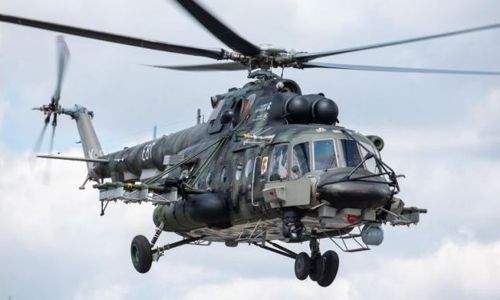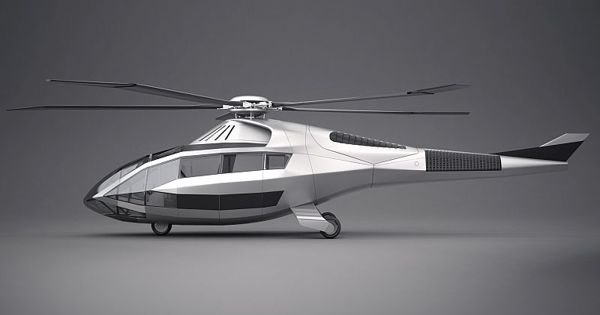The architecture of Army aerial vehicles and weapon systems relies on the ability to predict aerodynamic behavior, also assisted by sophisticated computational models of airflow over the body. High-fidelity simulations allow engineers to maximize how much load a rotorcraft can lift or how fast a missile can fly, but these simulations are not inexpensive.
Simulations commonly used by programmers require intensive data analysis on supercomputers and record only a portion of vortex collision events-which can cause severe performance deterioration, from lack of lift on the rotor to a total loss of ammo power. This could be modified with a new turbulence model.
Turbulence model could enhance rotorcraft, munitions performance. The new methodology simulates the entire process of a vortex collision event up to 100 times faster than current state-of-the-art simulation techniques.
The U.S. Army Research Office, a member of the U.S. Army Battle Capability Development Command, now known as DEVCOM, Army Science Laboratory, sponsored researchers at Purdue University to advance a turbulence model known as the Coherent-Vorticity-Preserving Large-Eddy Simulation, known as CvP LES. Published in the Journal of Fluid Mechanics, the new technique simulates the entire phase of a vortex collision event up to 100 times faster than the curve.
“The thing that’s really clever about Purdue’s approach is that it uses information about the flow physics to decide the best tactic for computing the flow physics,” said Dr. Matthew Munson, Program Manager for Fluid Dynamics at ARO. “There is enormous potential for this to have a real impact on the design of vehicle platforms and weapons systems that will allow our Soldiers to successfully accomplish their missions.”

The fluid dynamics of aircraft turbulence are complicated, and simulating them precisely on the computer is almost impossible. Prof. Carlo Scalo has made a move forward in this method by modeling the collision of vortices in two ways: one with direct numerical simulation and one with large-scale simulation. This model will now be used by engineers to build better planes, without having to wait months for the measurement of the supercomputer.
The model can be used to replicate vortexes over any amount of time to better resemble what happens around the aircraft. For eg, as the rotor blade passes through the air, it creates a complicated set of vortices that meets the next passage of the blade. Interaction between the blade and the vortex will contribute to friction, noise, and reduced aerodynamic efficiency. Understanding these experiences is the first step in changing the designs to reduce their effect on the vehicle’s capability.
In this analysis, two vortex tubes called trefoil knotted vortices were simulated by collision events. This relationship has several similar features to the vortices that are also present in Army applications. Simulating the evolution of the collision involves incredibly fine resolution and a large increase in computing costs.
The approach depends on clever methods that combine costs and precision. It is capable of detecting rapidly the regions of the flow characterized by fine turbulent scales and then evaluating, on-the-fly, the necessary numerical scheme and the turbulence model to be applied locally. This also makes the use of computing power only when it is most required to accomplish a solution with the best possible fidelity with a given budgeted amount of computational energy.
“When vortices collide, there’s a clash that creates a lot of turbulence,” said Carlo Scalo, a Purdue associate professor of mechanical engineering with a courtesy appointment in aeronautics and astronautics. “It’s very hard computationally to simulate because you have an intense localized event that happens between two structures that look pretty innocent and uneventful until they collide.”
Using the Brown supercomputer at Purdue University for mid-size computing and the Department of Defense for large-scale computing, the team simulated an entire collision case, thoroughly simulating the thousands of events that happened as these vortexes collided.
The team is now collaborating with the Department of Defense to adapt the model to large-scale research cases involving Army trucks and gun systems. “If you’re able to accurately simulate the thousands of events in flow like those coming from a helicopter blade, you could engineer much more complex systems,” Scalo said.
The Rosen Centre for Advanced Computation in Purdue and the U.S. Additional funding for this study was supported by the Air Force Research Laboratory Department of Defense Supercomputing Resource Center.
















